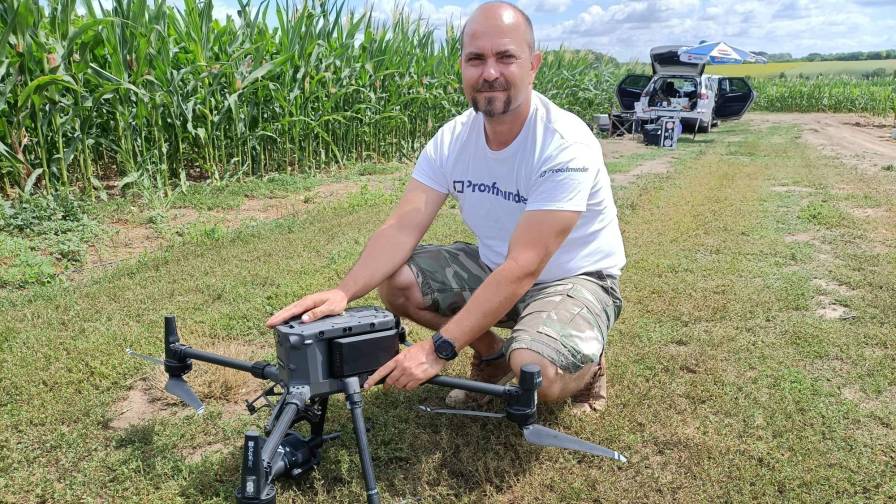Data-Driven Scouting Tools Boost Productivity for Today’s Agronomists
Scouting tools, along with just about every aspect of agriculture, have benefited from advancements in technology, writes Dan Jacobs at CropLife. The tools are more sophisticated, easier to use, and deliver more information to consultants and growers than every before.
“Scouting tools have taken on a different meaning over the last several years,” said Dr. Sebastian Margarit, Director of Agronomy at NutriAg. “Companies are coming out with their own spin on the idea and it just comes down to what each company specializes in and that’s what their scouting tool will focus on and excel at.”
Many of the tools have been around for years, but the internet and advancements in handheld technology have made them easier to use and interpret data. That doesn’t mean ignoring “old-school” technology. Instead, it means incorporating them into the fold.
“Drones have become common. Aerial imaging is readily available,” said John Larkin, Marketing Manager. “But with all of these tools, we believe that it is critical to ‘ground truth’ the digital data with in-the-field tools. Even though it is old school, probes and tissue samples pulled through the season are still an important part of the mix.”
MORE BY CROPLIFE
2024 Annual CropLife Ag Tech Awards of Excellence — Nominations Are Now Open
The Urgency of Rapid and Accurate In-Field Testing to Tackle Crop Diseases
Simply put, new technology makes gathering and interpreting the myriad data points easier.
“These tools have evolved to be simpler, with greater offline capabilities for areas without cell coverage,” said Simplot Grower Solutions Smartfarm Platform Manager, Mark Davis. They have put more agronomic data in the hands of the scout such as crop imagery, management zones, application data, and soil test data to name a few. This immediate, additional data allows our crop advisors to make the best recommendations in a more-timely fashion.
And as anyone who has paid even the slightest attention to this space, data is the key.
“Where five or 10 years ago agronomists and ag retailers might have been looking for stand-alone scouting tools, we now see a strong focus on being able to share observations and recommendations with colleagues, clients, etc.,” says Ryan Humpert, Senior Sales Executive for Agworld. “Instead of relying only on what an agronomist might scout themselves, they are now able to see observations from others that have been in that same field as well, and use that in their decision making process by letting the data flow through into their workflow which maybe planning, recommendations or jobs that need to be done.”
One of the challenges, however, is to make sure the information these tools generate is properly interpreted. Even though they continue to become more sophisticated, scouting tools are only as good as the information they collect and the person deciding how to use it.
“Always keep in mind the new scouting tools are not a substitute for agronomics,” explains Dr. Alan Blaylock, Nutrien Senior Agronomist. “For example, a computer model is only as good as the input. Agronomists must still be engaged to ask the right questions and interpret data in context of what is happening in the field. If technological tools are not used to enhance agronomics, they become just toys. But when used to improve agronomic understanding, gather usable data/information, enhance the ability use the data, they can improve and expand our agronomic abilities.”









